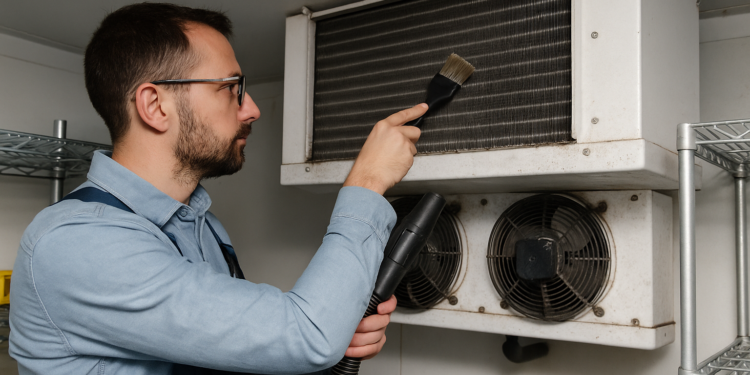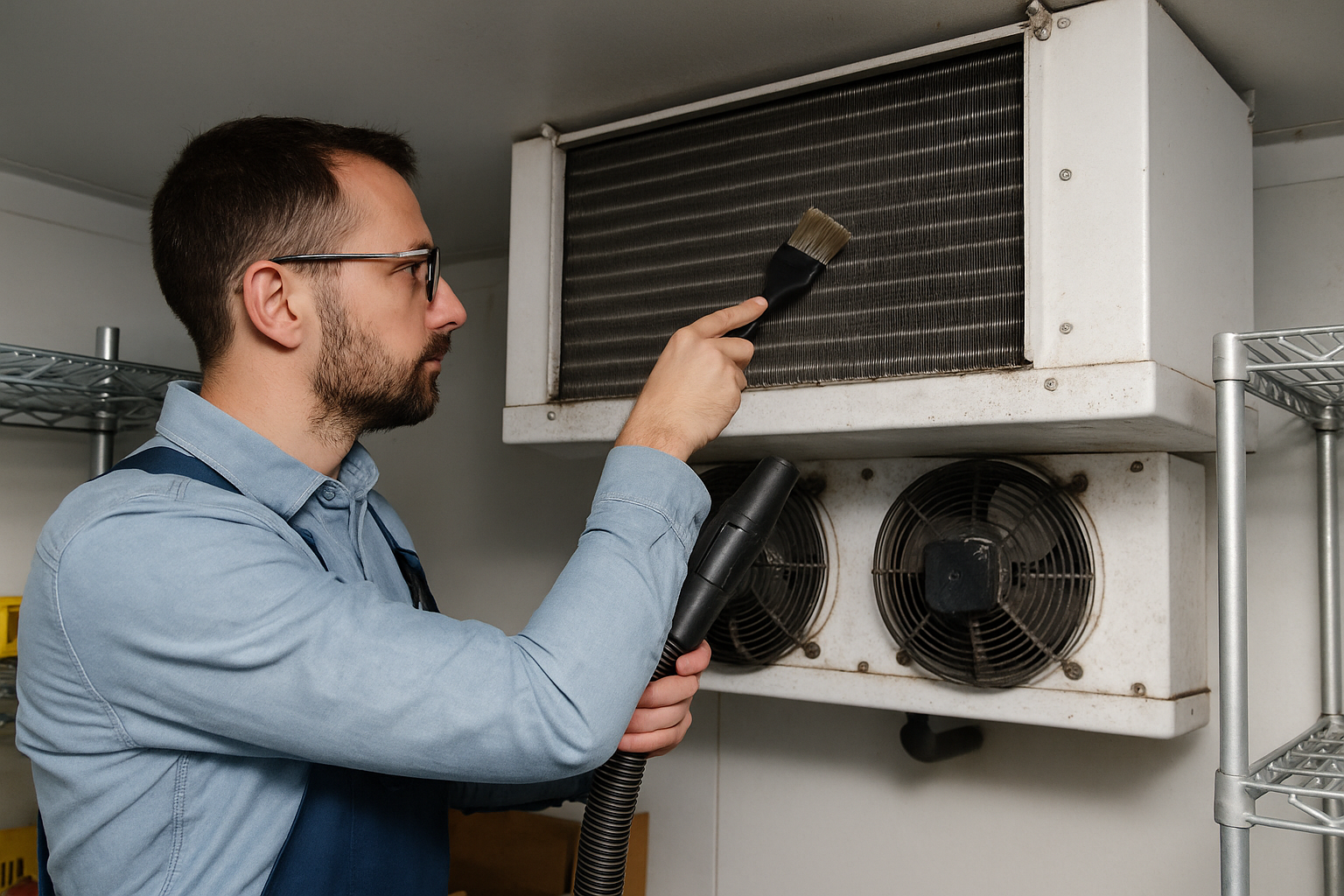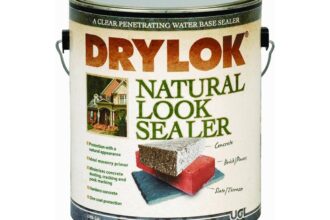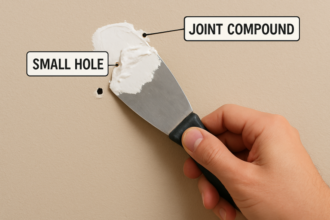Essential Maintenance Tips for Commercial Coolers

Consistent and thorough maintenance is the backbone of efficient commercial cooler operation. Whether you run a restaurant, grocery store, floral shop, or any other business that relies on refrigeration, implementing regular maintenance not only preserves food safety but also extends the life of your expensive equipment. Properly maintained coolers reduce the likelihood of unexpected equipment failures that can disrupt operations, damage your reputation, and hurt your bottom line. For many owners, investing a small amount of attention today can prevent major operational headaches tomorrow, ranging from costly repairs to the loss of entire inventories. For complex jobs or emergencies, relying on precision walk-in repair services ensures your business isn’t left in the lurch by unexpected breakdowns, helping you maintain business continuity even during times of high demand.
Neglecting scheduled maintenance can result in costly repairs, wasted food inventory, and a risk of failing health inspections or receiving food safety violations. Damaged or malfunctioning coolers can quickly lead to food spoilage, resulting in increased operational costs and potentially lost customers if the issue is not resolved promptly. Simple, regular inspections and cleaning routines go a long way in keeping your commercial refrigeration units at peak performance and lowering the risk of system failure. In the highly competitive food service industry, downtime translates directly to lost revenue, so taking proactive measures is not just a best practice but an essential strategy for protecting your business’s reputation and profit margins.
Table of Contents
- 1 Clean Condenser and Evaporator Coils Regularly
- 2 Inspect and Replace Door Gaskets
- 3 Monitor and Calibrate Thermostats
- 4 Keep Drain Lines Clear
- 5 Schedule Professional Maintenance
- 6 Maintain Cleanliness Inside and Out
- 7 Avoid Overloading the Cooler
- 8 Monitor for Unusual Noises or Performance Issues
- 9 Conclusion
Clean Condenser and Evaporator Coils Regularly
The coils at the heart of your cooler play a vital role in heat exchange and overall efficiency. Over time, these coils attract dust, grease, and debris, particularly in high-traffic commercial settings or kitchens with a high volume of airborne particles. When dirt accumulates on coils, it reduces the cooler’s ability to absorb and release heat efficiently, making your equipment work harder and less effectively. Dirty coils force the compressor to work overtime, leading to higher energy bills and a substantially increased risk of overheating and premature failure. Cleaning the coils with a soft brush and vacuum every three months is recommended to maintain optimal performance and longevity. If the buildup is heavy or difficult to remove, or if you notice visible ice formation or corrosion, consider contacting a certified technician for a deep clean. This not only protects the equipment but helps avoid damaging the delicate fins on the coils—an easy mistake for the inexperienced.

Inspect and Replace Door Gaskets
The rubber gaskets lining your cooler doors are crucial for keeping cold air in and warm air out, thereby maintaining energy efficiency and enabling your equipment to maintain safe temperatures. Even a small tear, crack, or flattened area in the gasket can result in temperature fluctuations that compromise food safety and cause the compressor to cycle more frequently, thereby increasing your energy costs. Examine gaskets monthly, looking for visible damage, gaps, or signs of mold, mildew, or brittleness. Clean the gaskets using a mild detergent and a damp cloth to prevent buildup that could compromise the seal. Replace any compromised gaskets promptly to restore an airtight seal and limit unnecessary compressor cycling. Well-maintained gaskets also reduce the risk of excessive frost buildup inside the cooler or freezer, helping keep internal components functioning reliably.
Monitor and Calibrate Thermostats
Thermostats are truly the gatekeepers of food safety in commercial coolers. A faulty or miscalibrated thermostat may display incorrect temperatures, allowing your storage to drift outside safe storage ranges and putting perishable goods at risk, thereby compromising compliance with local regulations. Periodically use an independent thermometer to verify your unit’s actual temperature and compare it against the thermostat reading. If you see any inconsistencies, recalibrate the thermostat or replace it if necessary. Consistent checks can catch thermostat drift early on, which is especially important as equipment ages. Performing this quick task at least once a month helps businesses maintain compliance with food safety standards required by health authorities, thereby protecting their licenses and customer trust.
Keep Drain Lines Clear
Clogged drain lines are a common cause of leaks and water buildup inside commercial coolers, leading to both structural damage and health concerns. Over time, debris, mold, and slime can accumulate, blocking the drains and creating breeding grounds for bacteria and mildew, which thrive in damp environments. Cleaning these lines every six months with warm water and a mild detergent helps remove obstructions before they become problematic, ensuring excess condensation is properly channeled away. If you notice persistent clogs, see water pooling under the cooler, or detect any unpleasant odors, it’s wise to call a refrigeration specialist to inspect the drain system for underlying problems that might otherwise go unnoticed.
Schedule Professional Maintenance
While many routine tasks can be handled in-house, skipping professional inspections is a mistake that may cost thousands in preventable repairs. Having a certified technician evaluate your commercial cooler at least once or twice per year helps catch early signs of trouble, such as refrigerant leaks, electrical issues, or worn mechanical components that could fail under stress. These experts bring specialized tools and knowledge to check refrigerant charge, clean fan motors, and calibrate controls, while also tightening any loose fittings or connections. Preventive professional maintenance adds a critical safety net to your overall upkeep strategy, especially for high-use equipment.
Maintain Cleanliness Inside and Out
Regular cleaning, both inside and outside the equipment, helps keep your unit running efficiently and ensures compliance with local health department regulations. Food particles, spills, and stains can harbor bacteria and unpleasant odors, turning your cooler into a liability rather than an asset. Use a mild detergent and soft cloth to clean shelves, bins, and all interior surfaces regularly—at least once a week in busy settings. Avoid harsh chemicals that can degrade materials over time or leave behind hazardous residues that could contaminate stored products. On the exterior, remember to clear dust and lint from air vents and intake filters, as this can reduce overheating, improve performance, and prevent power-hungry cycling.
Avoid Overloading the Cooler
How you load and arrange products inside your cooler has a direct impact on airflow efficiency. Overloading shelves or stacking items too closely, particularly near evaporator fans, restricts the movement of cold air and results in uneven temperatures throughout the cooler. Certain areas may become warmer than others, causing some inventory to spoil faster while other spots freeze unexpectedly. Ensure that no items block the internal fans and leave space between inventory, allowing cold air to circulate freely and evenly. Adopting best loading practices not only protects inventory from spoilage or freezer burn but also puts less strain on the entire cooling system.
Monitor for Unusual Noises or Performance Issues
Stay vigilant for any changes in the sound or operation of your cooler. Unusual noises, such as clattering, buzzing, grinding, or prolonged compressor cycling, often indicate mechanical problems that require swift attention to avoid costly downtime. Similarly, sudden shifts in internal temperature, frequent ice buildup, or inconsistent cooling are warning signs that key components may be failing. Don’t wait for a complete breakdown—address these early warning signs as soon as you notice them. Early intervention can dramatically reduce repair costs and equipment downtime, helping your business stay reliable in every season.
By following these essential maintenance practices, business owners and facility managers can ensure their commercial coolers run optimally, protect valuable perishable inventory, and continually meet demanding regulatory requirements. Consistent care forms the foundation for long-term reliability and profitability, and is a smart investment for any business where refrigeration is mission-critical. Proactive maintenance truly pays for itself in preventing headaches and lost revenue, allowing you to focus on what matters most—serving your customers efficiently and safely.
Conclusion
Proper upkeep of commercial coolers is essential for ensuring efficiency, extending equipment lifespan, and safeguarding stored products. By following consistent maintenance practices—such as cleaning coils, monitoring temperature settings, and scheduling professional inspections—businesses can avoid costly breakdowns and maintain smooth operations. With proactive care, your commercial coolers will continue to perform reliably, protecting both your investment and your bottom line.






